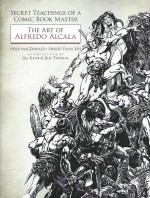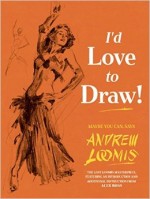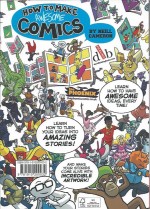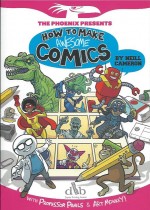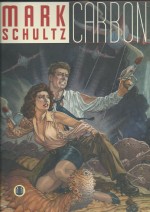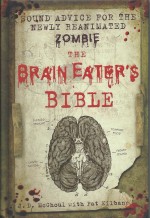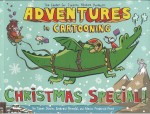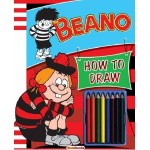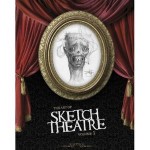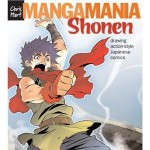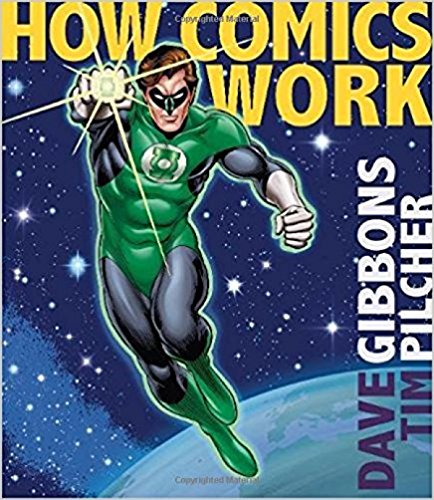
By Dave Gibbons & Tim Pilcher (Rotovision/Quarto)
ISBN: 978-2-88893-341-0
We haven’t covered a “How To†book for ages and this recent release is one of the most comprehensive and rewarding I’ve seen in many a year.
Thus, Yet Again, in the interests of complete transparency: I must admit to having known Mr. Gibbons (Britain’s first Comics Laureate) since the days of Warrior Magazine in the early 1980s, and Tim for an equally lengthy time. The British Comics Scene is a small but affable one and it’s not like we get together once a month to drink beer, gossip or braid each other’s rapidly vanishing hair…
Since beginning his stellar professional career in the 1970s (as a letterer) Dave Gibbons has triumphed in every arena of comics production and all those hard-earned technical secrets and insights, as well as his incomparable philosophy of working has been distilled by him and his collaborator – author, editor and comics historian – Tim Pilcher into a handy, comprehensive and supremely accessible guide to every aspect of the visual storytelling business.
Never ones to hang about or dither, and following the delightful ‘Introduction: The Dave Gibbons Way’, the methodically efficient master class begins with Scriptwriting. This and every other category-chapter opens with a discussion and celebration of the ‘Early Influences’ on the creator and his process, swiftly followed by a guided discussion of ‘Ideas’; ‘Plotting and World Building’; ‘Pacing and Movement’; ‘Writing for Yourself’ and ‘Writing for Other Artists’ before concluding with ‘Writing Influences’ and a dissection of the work of Frank Miller.
Each individual section is heavily illustrated with sketches, visual examples and finished artwork from numerous projects such as Watchmen, Give Me Liberty, Star Wars, Doctor Who, Rogue Trooper, Dan Dare, Green Lantern, Superman, Batman vs. Predator, The Originals, Treatment, Aliens: Salvation, Kamandi, Batman: Year One and more.
Next up is the immensely fun subject and occupation of Visual Groundwork; divided – after another ‘Early Influences’ tribute – into ‘Character and Costume Design’; ‘Designing Superheroes’; ‘Character Style Guides’; ‘Redesigning Existing Characters’; ‘Landscapes, Sets and Locations’; ‘Vehicle Design’ and ‘Props’ after which ‘Creator Star: Frank Hampson’ is lovingly scrutinised.
The nuts and bolts of Sequential Storytelling comes next, subdivided into ‘Interpreting Scripts’; ‘Thumbnails and Visual Pacing’; ‘Page Layouts’; ‘Grid Structures’; ‘Page Designs’; ‘Panel Designs’; ‘Pencils’; ‘Inks’; ‘Digital Inking’, and ‘Outputting Digital Artwork’ precedes an appreciation of ‘Artistic Hero: Wally Wood’.
The “invisible†but crucial art of Lettering is tackled next, divided into the ever-popular ‘Early Influences’; and the technical but rewarding disciplines of ‘Page Mark-Up and Dead Space’; ‘Balloon Positioning and Flow’; ‘Balloon Variations’; ‘Kerning and Leading’; ‘Hand Lettering’; ‘Digital Lettering’ and ‘Sound Effects (SFX)’. This is bolstered by an appreciation of ‘Lettering King: Sam Rosen’.
Colouring is the next topic tackled with ‘Drawing for Colour’ backed up by hot tips on crafting ‘Colour Roughs’; ‘Fully Painted Artwork’; ‘Digital Colour’; ‘Digital Colour: Flats’; ‘Digital Colour: Rendering’ and ‘Digital Effects’ with an appropriate pictorial tribute in ‘Painter Focus: Frank Bellamy’.
The mysteries of Design comprise the last lesson-set and, after one last sharing of ‘Early Influences’, confronts the challenges of ‘Cover and Logo Design’; ‘Front Cover Design’; ‘Back Cover Design’; ‘Other Cover Considerations’; ‘Wrap-Arounds and Spine Designs’; ‘Interlinking Cover Design’; ‘Interior Book Design’; ‘Character and Title Logos’ and ‘Icons’ before highlighting ‘Design Star: Chip Kidd’.
Of course, just reading a book like this is worthwhile but not nearly enough, so the final chapter is all about getting involved with a selection of carefully concocted Exercises for fired-up neophytes and rusty old lags to hone their skills on…
There are a host of books both academic and/or instructional designed to inculcate a love of comics whilst offering tips, secrets and an education in how to make your own sequential narratives. There are others intended to foster and further the apparently innate and universal desire to simply make art and make it proficiently and well.
There are, however, precious few that do either with as much style, enthusiasm or perspicacity as this captivating, picture-packed tome. From 1984 to the late 1990s I taught comics scripting, design, production and other useful foundation skills at the London College of Printing, London Cartoon Centre and other forward-thinking centres of Further Education. If these guys had released this book back then I would have just stayed home and read comics instead…
© 2017 Quarto Publishing, plc. All rights reserved.

